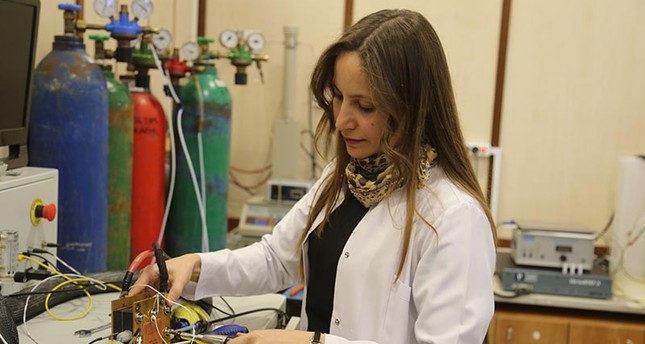
CHINESE authorities are preparing policies on the recycling of batteries due to the rapidly-expanding new energy vehicle market.
The Ministry of Industry and Information Technology is expected to roll out policies to clarify industrial standards and regulate battery recycling this year, the Xinhua-run China Securities News reported yesterday.
The new policies will “focus on bringing batteries to formal recycling enterprises,” said Li Yuke with China Automotive Technology and Research Center.
China expects the total production and sales of NEVs to hit 5 million by 2020. A total of 777,000 NEVs were sold on the Chinese market last year, up 53.3 percent year on year.
“As the average lifespan of the batteries is about five to eight years, China is likely to see explosive growth in battery disposal in the next two years,” said Zhang Ying from the China Resource Recycling Association.
Lithium batteries, commonly used in NEVs, pose a decreased hazard to the environment than lead-acid batteries. Copper, cobalt and nickel in the batteries also have high recycling values.
CATRC estimated that China would see 120,000 to 200,000 tonnes of batteries disposed of between 2018 and 2020, and 350,000 tons in 2025.
In 2016, China’s State Council said NEV makers should be responsible for building a recycling network for used batteries, and use an after-market network to recycle used batteries.
The ministry will also monitor NEV development and manage battery recycling, and explore more high-tech, economical and environmentally-friendly ways of recycling, the report said, citing Gao Yunhu, a ministry official.






